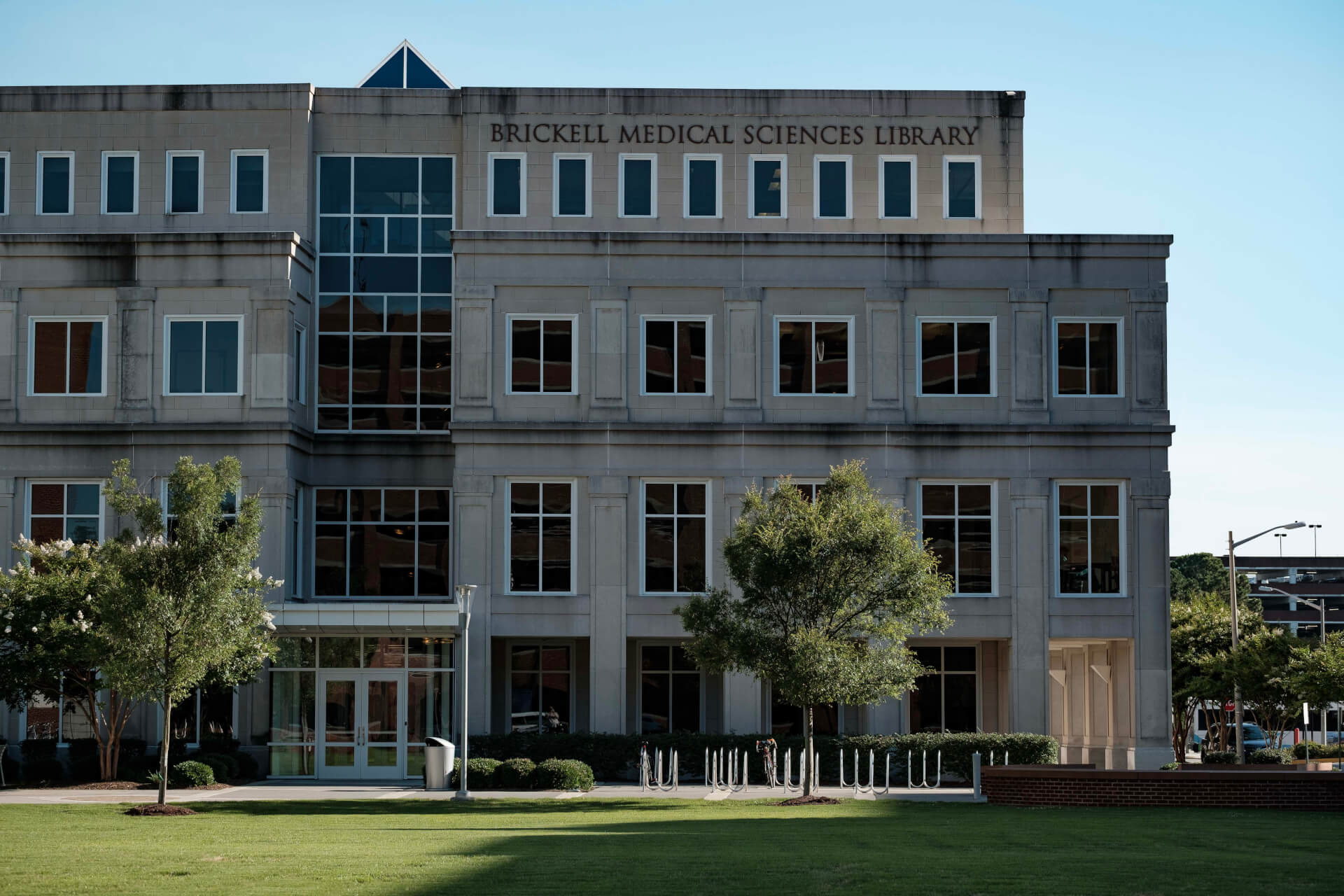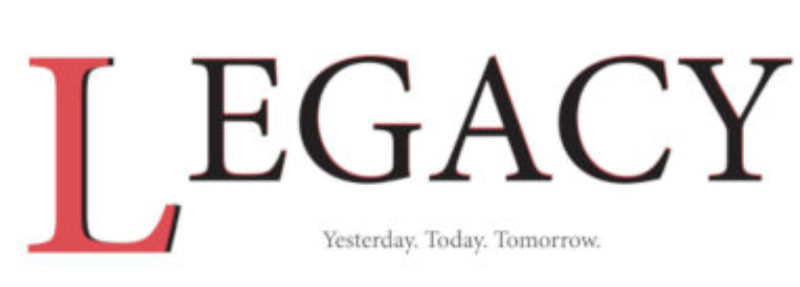(Virginia Mercury) – Federal animal welfare officials last year withdrew special permission given to researchers at Eastern Virginia Medical School that allowed them to conduct repeat cesarean section surgeries on five baboons.
In May 2023, the U.S. Department of Agriculture’s Animal and Plant Health Inspection Service, which is responsible for ensuring researchers comply with the federal Animal Welfare Act, notified EVMS it was withdrawing a special exception it had granted scientists at the school to conduct more than one “major operative procedure” on each of the baboons.
That exception had allowed researchers to conduct up to six C-sections on each baboon. After the sixth C-section, the study design allows the baboons to be euthanized.
The medical school has justified the repeat surgeries as necessary for pregnancy research that’s not possible with human subjects, but federal regulators ruled the researchers weren’t following specific procedures necessary to ensure animal welfare.
One animal “lost 18% of her body weight after her first pregnancy and caesarean section, but the weight loss was never addressed,” APHIS Acting Deputy Administrator Roxanne Mullaney wrote to the school July 7. “The animal had a second pregnancy while still underweight, and subsequently died from aspiration immediately following the second caesarean section.”
Mullaney also said inspectors had identified cases where researchers didn’t document how medical problems that emerged either prior to or after surgery were resolved.
“Accordingly, APHIS had no choice but to withdraw its approval of the exception,” she wrote in July.
EVMS did not respond to repeated inquiries about the experiments from the Mercury. However, in correspondence with federal officials obtained by People for the Ethical Treatment of Animals and shared with the Mercury, EVMS has defended the C-sections as necessary to its research, which has been ongoing since the 1980s and is supported by federal funding.
The study examines the role estrogen plays in the development of offspring by treating pregnant baboons with the hormone or a drug that inhibits the body from synthesizing estrogen. Offspring of treated and untreated animals are delivered by C-section at various stages of the pregnancy or allowed to develop into adulthood, with scientists examining placenta, fetal tissues and, in the case of animals allowed to mature, other developmental indicators like blood vessel flow and glucose regulation.
“We do recognize there must be limits on the number of pregnancies and surgical cesarean sections any one animal should undergo and thus we cannot perform each and every proposed treatment in any one animal,” wrote EVMS Vice Dean for Research and Institutional Official William Wasilenko in a December 2021 letter to APHIS.
However, he said, being able to perform multiple experimental treatments on the baboons is necessary to understand how estrogen impacts pregnancy and fetal development in humans.
While tissues can be collected from women who suffer from conditions like spontaneous abortion or preeclampsia and undergo a C-section, Wasilenko said those studies can’t show “cause:effect” when it comes to estrogen and complications.
“We cannot do any major experimental manipulations/treatments in humans to test cause:effect,” he wrote. “Thus, to do similar studies in the baboon, i.e. study them once and/or limit experimental treatment within acceptable reason, would almost be the same as that done in humans and a reason not to use the baboon.”
Additionally, researchers have maintained that performing multiple procedures on the same animal reduces the overall number of baboons impacted.
“Multiple use of the same baboon reduces the total number of animals required to conduct the study and still permit collection of statistically valid data,” an application to the school’s Institutional Animal Care and Use Committee states. “Thus, we study the role of estrogen in the same baboon (i.e., experiments are interrelated/integrated) during control periods (e.g., on days 60 and ~170 of gestation). One animal rather than 5 animals are studied. Multiple pregnancies also mimic the situation in humans.”
PETA, however, has condemned the research, saying that “EVMS has turned a blind eye to these animals’ suffering for long enough” and “it is time to shut down this laboratory and release the aging baboons to a reputable sanctuary.”
“The university’s own records on the baboons contain notes such as ‘self-injurious behavior,’ ‘self-trauma,’ ‘ulcers,’ ‘genital tears,’ ‘missing tips of…fingers,’ ‘anorexia,’ ‘biting cage bars,’ ‘repetitive circling,’ and more,” said Daphna Nachminovitch, a spokeswoman for the organization. “PETA believes there remain four elderly survivors — Jemma, Cookie, Toya, and Tara — whose existence has been nothing but fear and misery, and who may be used in a ‘terminal’ experiment any day now.”
Records PETA shared with the Mercury also show federal officials have repeatedly raised flags about the experiment.
In 2021, APHIS issued a critical violation to the university over repeated C-sections performed on three adult female baboons. And in February 2022, Carol Clarke, a senior staff officer with APHIS, reached out to officials with the Office of Laboratory Animal Welfare at the National Institutes of Health to voice “concerns about animal health and well-being.”
“They want to perform up to 6 successive C-sections on 5 baboons to study estradiol events on fetus and the [mother],” wrote Clark. “Despite responses to our questions, we are still unclear why 6 C-sections are necessary and how an animal that undergoes C-sections annually can serve as its ‘own control’ as they state. The study design and scientific justification are hard to follow. We are very concerned about pain/distress and whether 6 C-sections on one animal are adequately scientifically justified.”
Nevertheless, in June 2022, APHIS’ then-Administrator Betty Goldentyre granted EVMS a special exception to a regulatory requirement limiting an animal to one major operative procedure. Goldentyre’s exception let the researchers conduct up to six C-sections on the five baboons, as long as they met certain conditions. She later stepped down after national outcry over the treatment of beagles bred for medical experimentation at a facility run by Envigo in Cumberland County.
Less than a year later, APHIS notified the medical school it was withdrawing the exceptions after inspectors found researchers had been drawing blood from two of the baboons far more frequently than planned, the animals’ weights were not being monitored weekly and one baboon who had been administered a drug and was subsequently found unresponsive in her cage was not treated according to required procedures.
EVMS appealed two of those findings, arguing researchers had interpreted a limitation on blood draws occuring at a “2-4 day interval” differently from APHIS but had not exceeded monthly limits approved by the school’s Institutional Animal Care and Use Committee. Additionally, the school said, the baboon found unresponsive in her cage had recovered by the time the attending veterinarian had arrived, when she was “quiet, alert, and responsive” and eating apples. Following treatment protocols that would have required the sedation of the baboon, officials argued, would have gone against the veterinarian’s professional medical opinion.
“We attribute the success of the surgeries performed to date and the overall well-being of the animals assigned to the protocol to excellent care and management provided by the investigative and veterinary care staff and carefully coordinated oversight provided by the IACUC,” the school wrote.
APHIS rejected the appeal.
The exception, wrote Mullaney in the July 7 letter, “was withdrawn based on the observations of the inspectors, including the agency’s nonhuman primate specialist. Those observations will not change, regardless of the outcome of the appeals process.”
In September 2022, according to reporting by The Virginian-Pilot, an animal rights group submitted a petition with 40,000 signatures to EVMS’ board of visitors, demanding that it stop using baboons in both the pregnancy study and other research on microplastics.
Animal welfare officials halted repeat C-sections on baboons at Eastern Virginia Medical School



